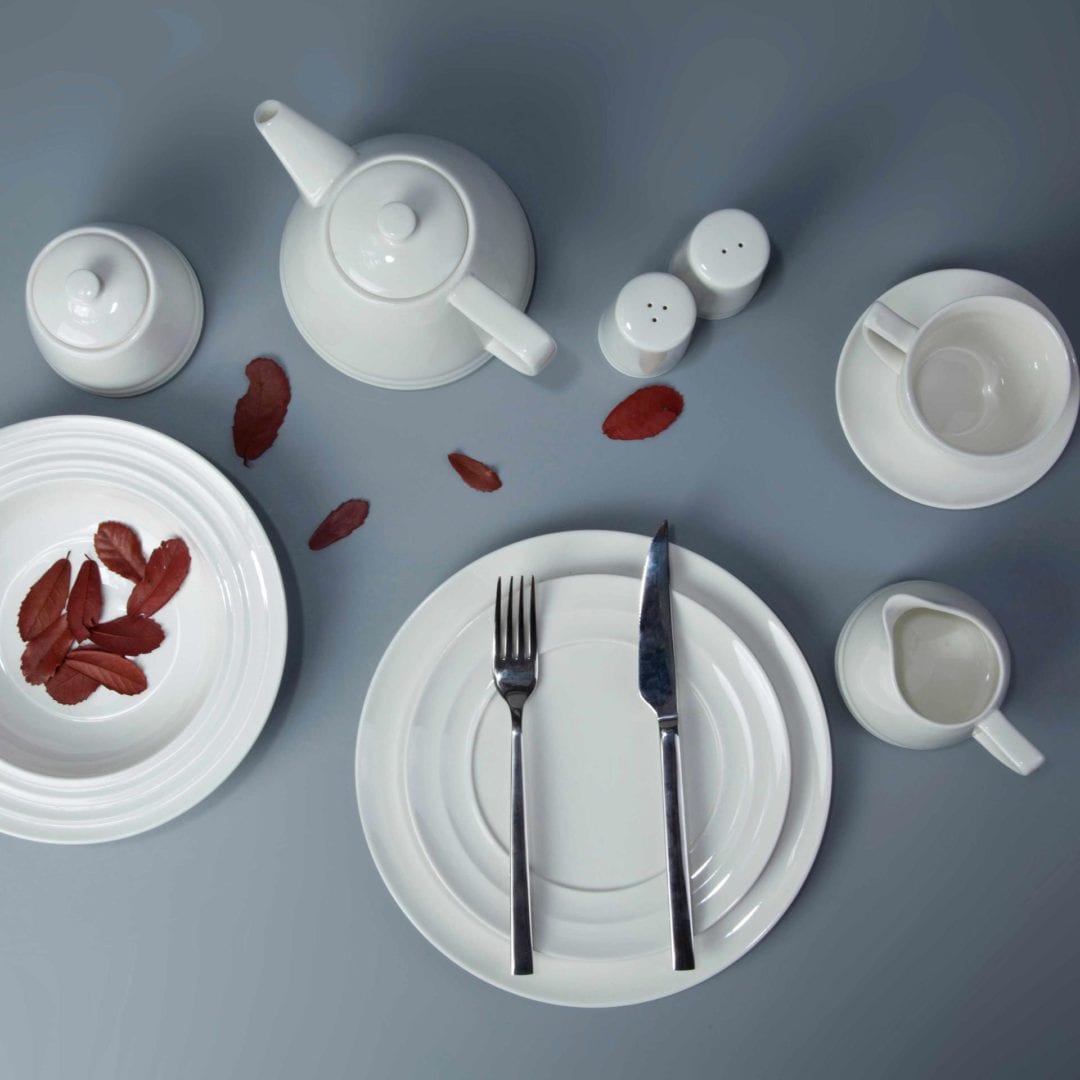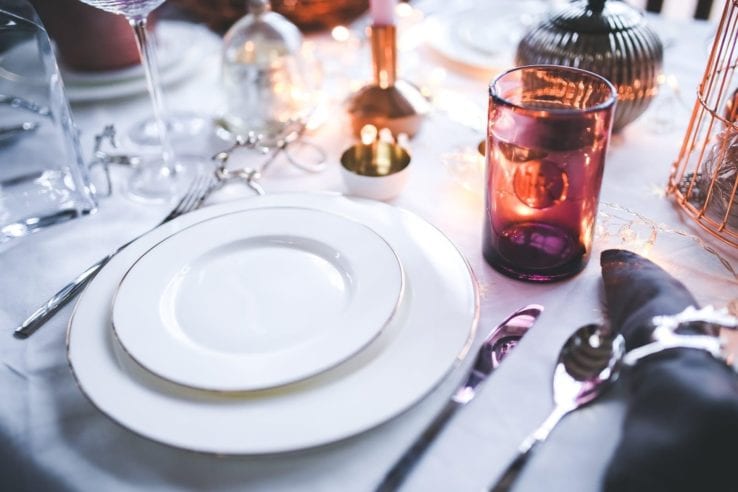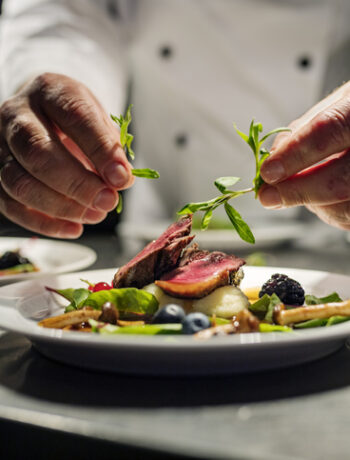There is plenty to keep in mind when starting a new restaurant. Those looking to take this task on the need to look over even the smallest details. This includes not just food, but furnishings, décor, and restaurant dinnerware. Truly, restaurant dishes aid in the presentation of every restaurateur’s pride and joy–the food. Thus, it’s only natural that they need to ensure the quality of the china they pick.
Food and its presentation are representative of the excellence of every restaurateur’s establishment; this much is true. That’s why we at McDonald Paper & Restaurant Supplies have put together a checklist of the qualities they must look out for when purchasing dinnerware for their new restaurant, or updating their existing collection, which you can check here.
Material
Perhaps the most important thing to understand first about purchasing new restaurant crockery is the difference between materials. After all, these lend to the other contributing factors used in making an informed purchase. Which is the best dinnerware material? With so many different types of dinnerware to choose from, it can be a daunting task to figure out which is most suitable. Here are the differences between the most popular options available.
1. Porcelain
Porcelain is one of the most popular choices for restaurant dinnerware available. However, is there anything that makes them different from ceramics? What is the difference between ceramic and porcelain dinnerware?
Porcelain vs. Ceramic Dishes
While porcelain and ceramics are often thought of as interchangeable terms, ceramics are actually an umbrella term for all items made from traditional pottery methods, which include porcelain. Porcelain is simply a final product set apart by the materials used to create it.
With that said, porcelain dinnerware is made from fine-particle clay, among other substances, and is fired at a high temperature, making them some of the most break-resistant dishes available. The result is a nonporous material that is difficult to break despite its fragile appearance.
Besides the durability, porcelain can be made into thin, delicate shapes otherwise impossible with most other ceramics, allowing the finished product to be almost translucent without being prone to breakage. This gives it utility in more formal settings as fine dining plates, but it also keeps its place in more casual restaurants.
2. Bone china
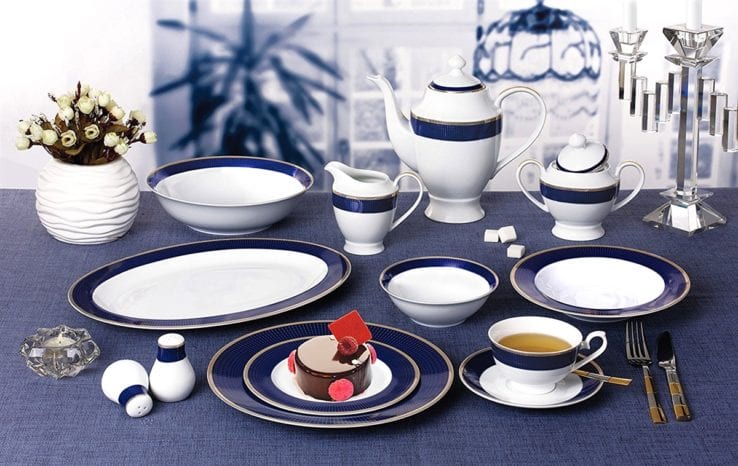
img source: volusion.com
While the term “china” is used interchangeably with ceramic dinnerware, bone china is a separate material that has always been a popular choice for commercial dinnerware. As the name suggests, bone china is a type of material that contains bone ash mixed in with its primary ingredients. This gives the finished products a milky white appearance.
Bone China Vs. Porcelain
Like porcelain, bone china is fired at high temperatures for durability. This makes it one of the strongest materials available for restaurant dishes. It is stronger than porcelain because the bone ash contributes to making the material less brittle, and therefore more resilient and less prone to breakage.
3. Earthenware and Stoneware
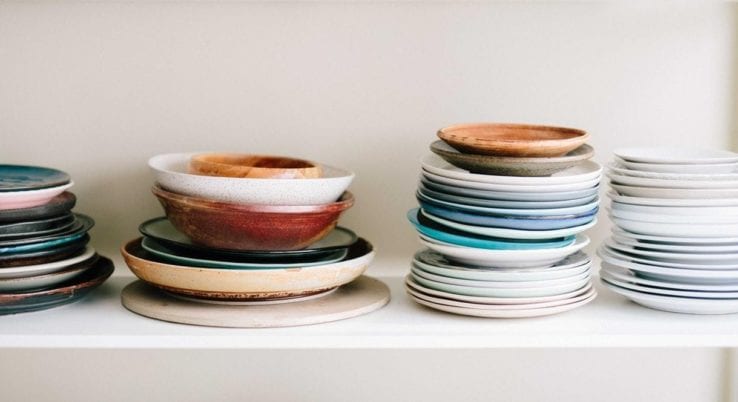
img source: volusion.com
Earthenware is a less-expensive option that often has a more rustic feel compared to other types of dinner plates. It is suitable for artistic details such as hand-painting. While earthenware turns out thicker and heavier than other options, due to its lower firing temperature and the quality of materials used to make it, it is less durable than most other types of restaurant dishes.
Stoneware is a type of earthenware that has glass added to it for added strength and is fired at higher temperatures than regular earthenware. It will do well in both hot and cold settings like ovens and freezers, provided the temperature isn’t too extreme. Besides this, stoneware offers a good midway point between durability and price versus porcelain and china.
4. Melamine
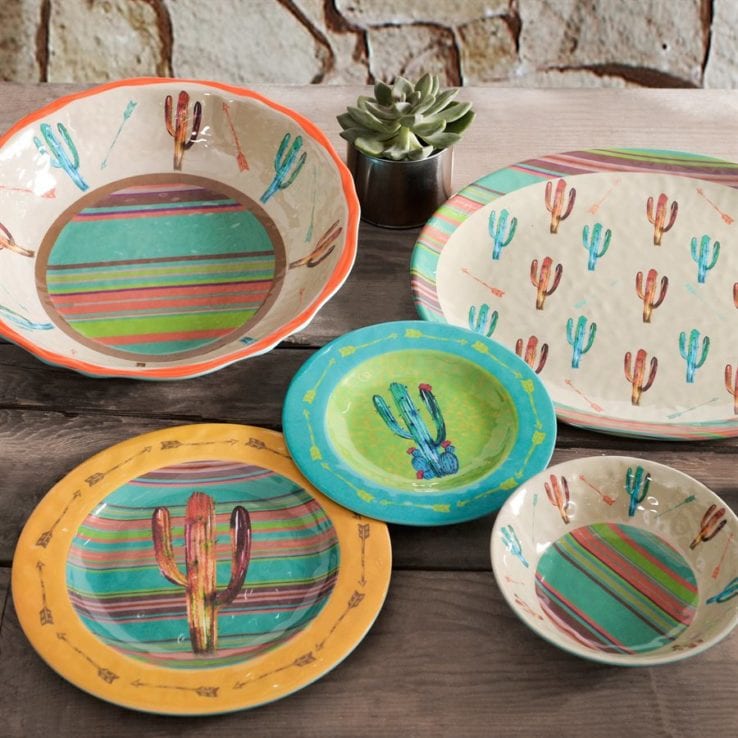
img source: santafecompany.com
Melamine is a type of plastic dinnerware (deemed safe by the FDA) that is often used in busier establishments. It is popular for its durability, as it is near-impossible to break and can withstand settings where customers come in at high volumes. Restaurant owners looking for plastic plates that look like china have found their match in melamine, as it is available in countless designs that mimic the look of fine ceramics.
Melamine is suitable to serve both hot and cold food, but cannot be subjected to temperatures higher than 160 degrees Fahrenheit, so it cannot go in the microwave. Melamine also insulates heat well, so staff can serve hot food on it without the worry of getting burned, making it a safer choice.
5. Vitrified Glass

img source: wp.com
Vitrified glass dinnerware is made of a type of glass that is heated to extremely high temperatures. This creates a nonporous and near-unbreakable material. These sturdy plates can withstand high volumes of customers and the wear-and-tear they receive in the kitchen. Dropping vitrified glass plates onto a hard surface will not chip the material.
Dishes made with vitrified glass are usually opaque and come in many different designs, often giving the look of china without the price tag. Vitrified glass is also microwave and dishwasher safe as it can withstand high temperatures. Given its durability, it is a good choice for outdoor restaurants or family restaurants that have plenty of children dining.
Even with material quality in mind, there are still other factors to consider when purchasing restaurant dinnerware.
Durability
Since a restaurant is open most of the week, restaurant owners should know that their dinnerware will undergo plenty of wear and tear. From being stacked in storage to being used by customers, to being washed in the kitchen, and back again, dishes are the workhorses of any restaurant. As such, special attention must be given to ascertain that the dishes purchased are ones of good durability.
Restaurateurs must strive to find the most durable dinnerware that suits their needs as well as price point. It would be to their best interest to find durable dishes that can withstand both the microwave and commercial dishwasher, as these tend to last longer than those that do not. It is worth the investment to buy more expensive dishes that last longer versus having to replace cheaper ones when they break.
One must think about how busy their establishments usually are and decide on the durability of the restaurant dishes according to necessity. Keeping materials in mind, it should be fairly simple to deduce which among the choices available is most durable and thus most suitable for the needs of the restaurant.
Price

img source: boardeffect.com
Of course, running a restaurant is to run a business, therefore all the equipment is an investment in that business. Dinnerware is no exception to this. Restaurant owners must first set up their budget, as that will significantly narrow down the choices available to them. This takes out most of the guesswork in their purchases.
Still, they must also consider the value of the items they will be buying for the restaurant. While it may be tempting to splurge on the quantity it is not always the wisest choice. It is best to keep in mind that spending more on better quality items will save money in the long run.
For example, good quality plates tend not to scratch the ones below them when they are stacked together, thus lessening the damage and increasing the longevity of the plates. It is important to have a balance between what fits in the budget, and what will give a good return on investment in the future.
Style
The final thing to consider when planning a purchase for restaurant dishes is style. Keeping materials in mind once more, one must carefully think about what will look best and go with the theme of the restaurant. Even if there is no concrete theme, the ambiance of the restaurant will definitely help determine which dishes would go best with the restaurant’s overall aesthetic.
This is because customers come in and scrutinize every detail of the establishment, from the color of the walls, to how the restaurant is lit, and definitely to how the food is presented–including the dinnerware. Therefore, one should keep everything as pleasing to the eye as possible. It’s important to make first impressions count, so working towards a cohesive look for the restaurant should be a big priority.
The presentation of food at a restaurant represents the business greatly. Fine dining settings often use porcelain or bone china, whereas more casual restaurants usually opt for more durable non-ceramic ware like melamine. Considering the color, shape, and overall design of the dinner plates can truly set a restaurant apart from the rest.
In Conclusion
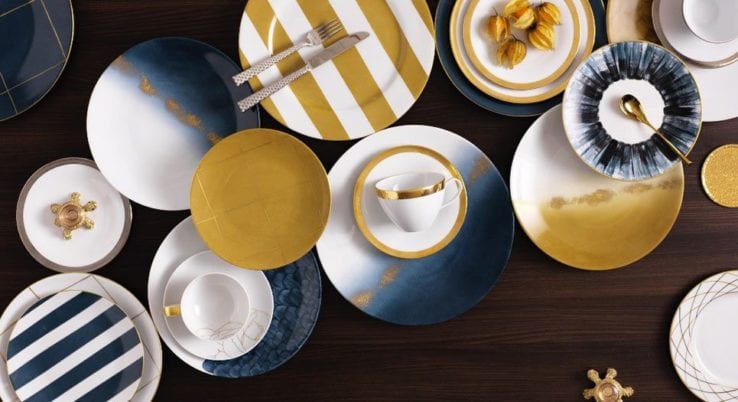
img source: pinimg.com
We hope that this checklist has helped our readers in making a more informed decision on the restaurant dinnerware they buy.
Looking back at the points made regarding choosing restaurant dishes, one must put careful consideration in every aspect of the purchase. They must first familiarize themselves with the material of the plates they are looking at. Then they must factor in durability, budget, and style to ensure that they make the correct choice and get the best value for their money.

